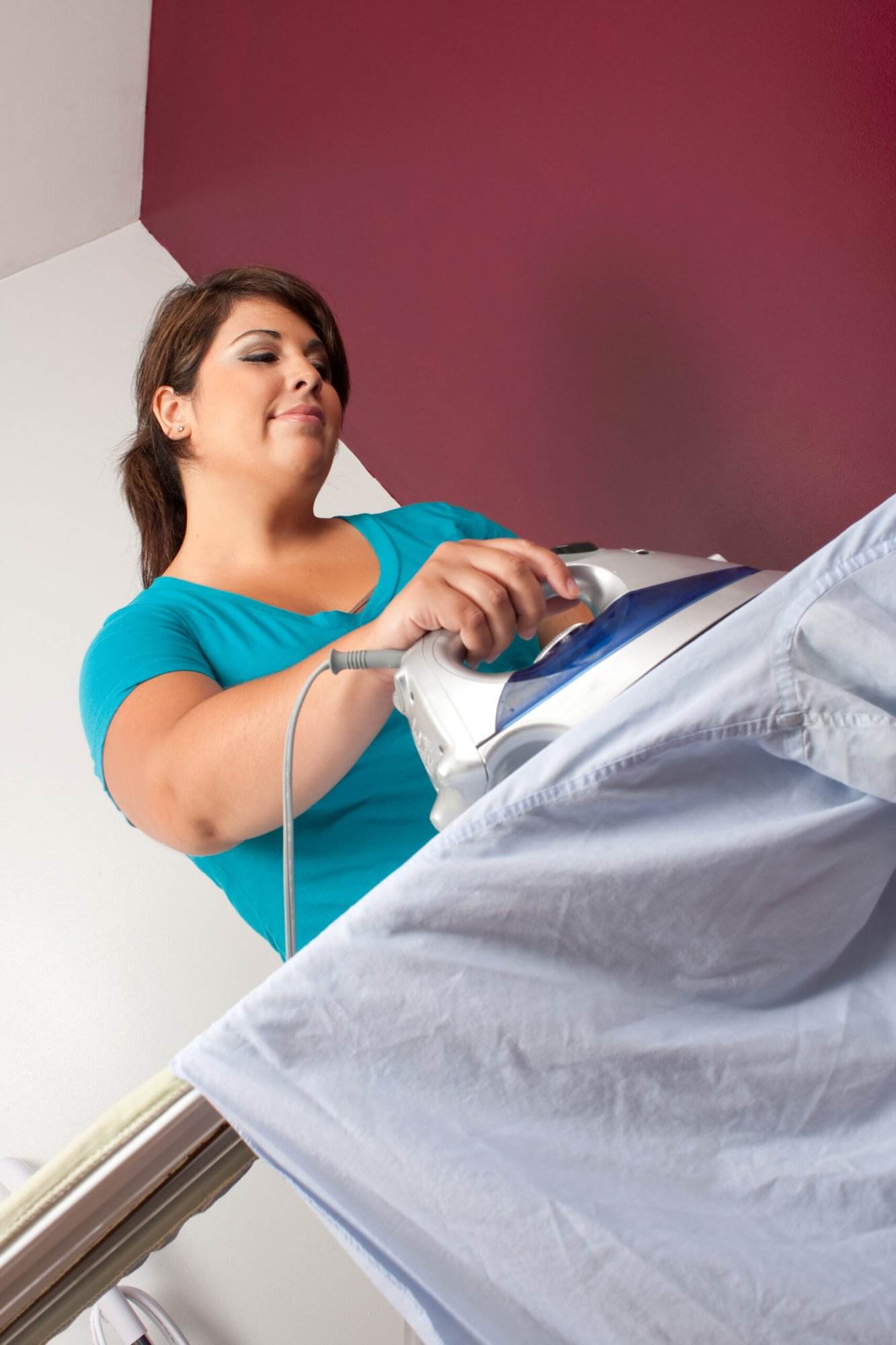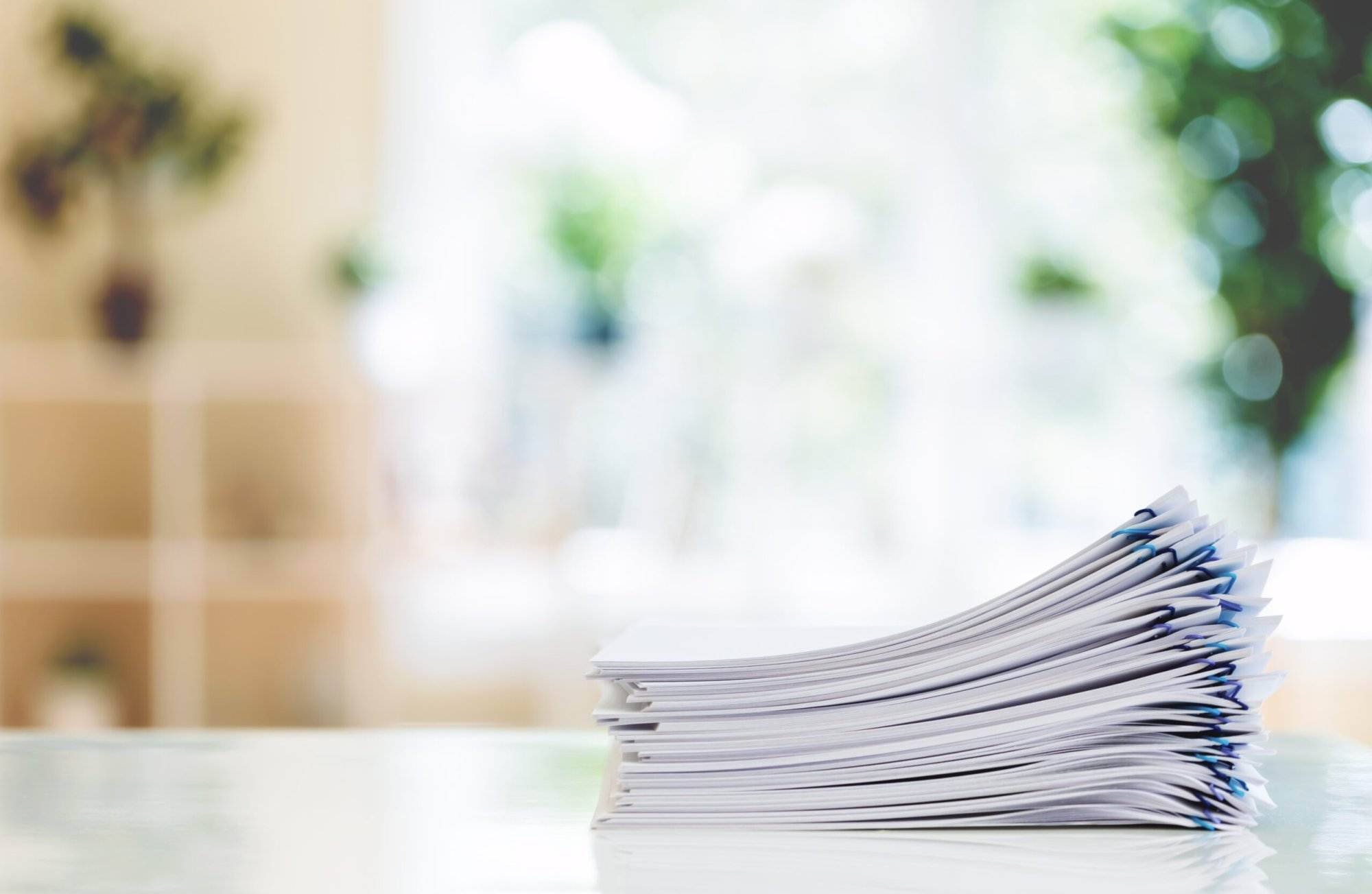Introduction to Cleaning for People with Disabilities
Cleaning is an essential part of maintaining a healthy and hygienic living space. However, for people with disabilities, cleaning can be challenging due to physical limitations or accessibility issues. It’s crucial that we make sure our homes are safe and welcoming spaces for everyone, including those who have different abilities.
Importance of Accessible and Inclusive Cleaning Practices
When it comes to cleaning practices, making them accessible and inclusive is vital because it ensures that everyone has equal opportunities to participate in the maintenance of their home. By doing so, we create a more comfortable environment where individuals feel valued and respected. Moreover, accessible and inclusive cleaning practices reduce the risk of accidents and injuries, which can happen when someone tries to perform tasks beyond their capabilities.
Tips for Making Cleaning Routines More Accessible
There are several ways you can make your cleaning routines more accessible for people with disabilities. Here are some tips:
1. Use adaptable equipment – There are many tools available on the market today designed specifically for people with disabilities. These include long-handled dustpans, mops with extenders, and ergonomically designed cleaning supplies.
2. Adjust heights – Make sure all surfaces are at the right height for easy reach. For example, if someone uses a wheelchair, they may need higher shelves or lower sinks to accommodate their needs.
3. Create clear pathways – Keep hallways and walkways free from clutter to ensure there’s enough room for movement. This helps prevent tripping hazards and makes navigation easier for people using mobility devices.
4. Label items – Clearly label storage containers and drawers to help individuals find what they need quickly and easily.
Adapting Your Cleaning Supplies for People with Disabilities
Another way to make cleaning more accessible for people with disabilities is by adapting your cleaning supplies. Here are some ideas:
1. Choose non-toxic products – Avoid harsh chemicals that could irritate sensitive skin or cause respiratory problems. Instead, opt for natural, non-toxic options like vinegar, baking soda, and lemon juice.
2. Use microfiber cloths – These cloths are gentle on surfaces but tough on dirt. They also pick up dust and pet hair better than traditional cotton rags.
3. Invest in a steam cleaner – Steam cleaners are great for sanitizing floors without the use of harsh chemicals. They’re also useful for removing stains and odors.
How to Create an Accessible and Inclusive Cleaning Schedule
Creating an accessible and inclusive cleaning schedule involves identifying areas that require regular attention and assigning specific tasks to each person in the household. Here are some steps to follow:

1. Identify high traffic areas – These are places where people spend most of their time, such as the kitchen, bathroom, and living area. Assign daily cleaning tasks to these areas to keep them fresh and tidy.

2. Delegate responsibilities – Divide chores among family members based on their ability level. Ensure that everyone has a role to play, regardless of their disability status.
3. Set realistic goals – Be reasonable about what can be accomplished within a certain amount of time. Don’t overload anyone with too much work, especially if they have limited mobility.
Conclusion: Making Spaces Safe and Welcoming for All
Making spaces accessible and inclusive requires effort and commitment. But by taking small steps towards creating a safer and more welcoming environment, we can improve the quality of life for people with disabilities. Whether it’s adjusting equipment, choosing eco-friendly cleaning supplies, or delegating responsibilities fairly, every little bit counts. Let’s work together to create a world where everyone feels included and valued, starting with our own homes.

